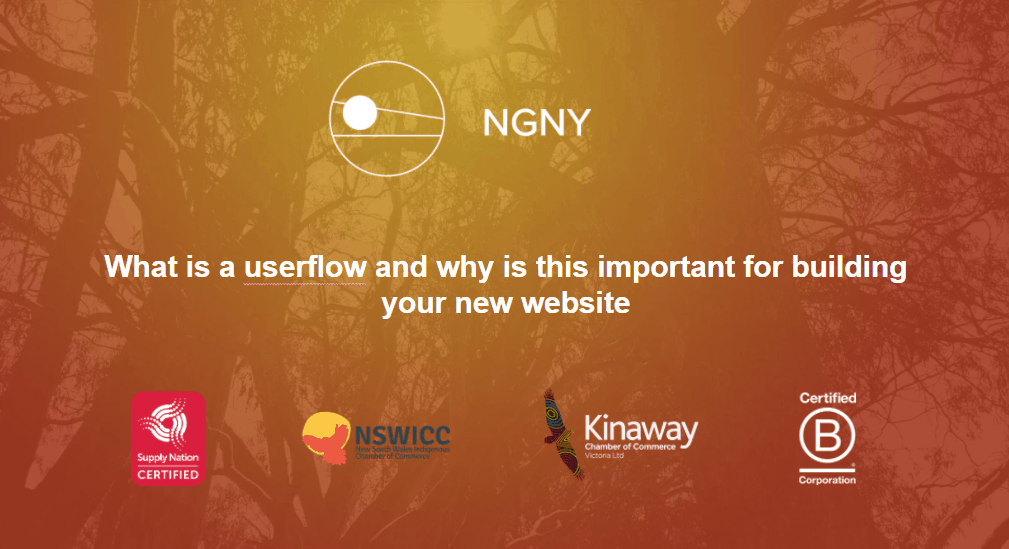
Websites may be simple or complex so as user journeys, hence user flow came into existence to bridge this gap. It is essentially helping you see how a user makes their way through your website or app.This could encompass the steps they take to perform a certain action, or it could be a more general clicking around. The more you know, the better you can make the experience, and in turn, the happier those visitors will be. What are user flows to begin with?
User flows, UX flows, or flowcharts are diagrams that display the complete path a user takes when using a product. The user flow lays out the user’s movement through the product, mapping out each and every step the user takes—from entry point right through to the final interaction. A user flow is a visual representation, either written out or made digitally, of the many avenues that can be taken when using an app or website. The flowchart begins with the consumer’s entry point on the product, like an onboarding screen or homepage, and ends with the final action or outcome, like purchasing a product or signing up for an account. Depicting this process allows designers to evaluate and optimize the user experience and therefore increase client conversion rates.
More than just being a diagram that shows the user’s journey it shows how someone uses a website or app in a general sense, or it can track a route someone takes to accomplish a specific task. An example is the use of an e-commerce website where the virtual shopper is heading for a checkout. In the business perspective, the user must successfully navigate throughout the system without having difficulties and frustrations. User flow diagrams are important to outline the user’s needs, actions, and consequences which will improve UX and UI designers associate the steps of user flow with utmost productivity. This will be used to modify existing systems for web information and application designs.
Here are some benefits of creating a user flow;
- It shows an ordered structure of the pages based on how they are related and grouped together – this is to have an ease of movement through the design platform without too much time wasted on what steps to do next.
- It helps design wireframes based on which ideas to focus on every page from the relevance and functionality for users – this is to evaluate the efficiency and simplicity of the design.
- It provides a clear basis of entry & exit points along with the logical connection of each page helping the wireframe process the best fit of its framework and order – this is to see the flow of the product and have the general view of the interface ensuring everyone to be on the same page.
- It allows the designers to assess the efficiency of the user interface created – this is to determine which parts work, does not work, and needs improvement.
If you invest time in creating a flow diagram earlier on, it’ll save you headaches later on. It’ll also mean happy users who enjoy spending time on your site or app.




